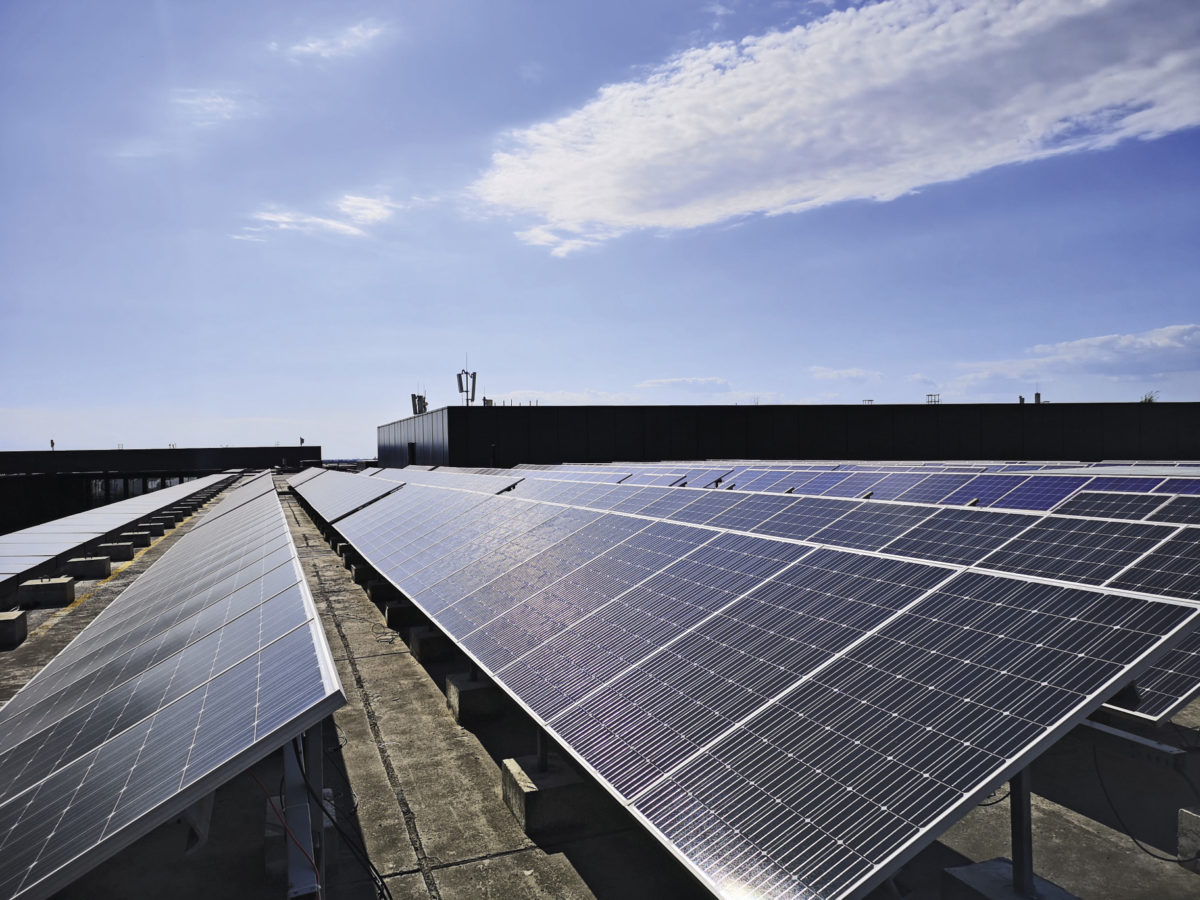Direct current (DC) arcs can occur due to loose terminals, poor contact, broken cables, old insulation materials, carbonization, damp wires, corrosion, and insulation layer cracks. “Distributed and residential PV systems are usually installed on rooftops, making it particularly difficult for workers to detect all potential risks during routine inspections,” says Bin Xie, senior product manager of Huawei.
Detecting an arc – caused by faulty, poorly installed or worn connectors, cables and junctions among the heavy DC load of a PV array that comes into the inverter – requires some higher level of engineering trickery. An arc-fault circuit interrupter (AFCI) device serves as a safety shield for rooftop PV plants. AFCI technology breaks the circuit when it detects arc feature signals to prevent electrical fires and short circuits.
Countries across the world are publishing safety standards for rooftop PV plants, and in 2011, the U.S. National Electric Code introduced the NEC 690.11 regulations to prevent fires in PV arrays with arc fault detection. However, it takes time to update product designs and meet new regulations. When testing laboratory PV Evolution Labs (PVEL) examined inverters for its scorecard, one finding that stood out was that 30% of the tested inverters did not detect arcs the way they were supposed to. But self-learning technologies are ramping up – and may be a new solution.
In 2019, the Chinese inverter conglomerate introduced its first AI-based solar distributed smart inverter. It received a wide range of industry acclamations, including the InterSolar award, for its use of AI to enhance safety features. Of particular note are the AI algorithms that are being used to prevent fires, especially those caused by DC arcs through poor contact. The company says its AFCI solution is capable of modulating PV system operations when fire risks are detected.
Huawei’s new approach – based on machine learning – has been set up to improve the detection capabilities of systems. The company says its inverters, which feature built-in AFCI powered by AI, can automatically detect DC arcs and disconnect circuits.
“Being powered by AI, it has several advantages,“ says Xie. “Digital intelligence continuously self-learns to recognize millions of arc features and compiles them into a vast library.“
The manufacturer claims that it has developed more than 100 test cases, taking into consideration multiple factors such as ambient temperature, grid condition, number of strings, and reactive power regulation, to improve the algorithm. The machine-learning technology is said to be based on a database with more than 1 million arc features.
“The powerful computing power of the local chips enables them to actively identify and analyze more than 92 arc characteristics comparison points, with greater than 99% accuracy,” says Xie. “The SUN2000 also shuts down and cuts off the power supply within 400 ms, which is much quicker than the industrial standard of 2.5s and prevents fires, ensuring rooftop PV plants are safe.”
Xie references the success of Huawei’s AI-based SUN2000-20KTL-M0 smart solar inverters at the site of its 150 kW distributed-generation solar PV plant in Xi’an, a city in China’s Shaanxi province. The manufacturer says that on July 27, 2019, the project’s solar inverters cut the circuit and shut down immediately after detecting DC arcs. “The Huawei management system automatically sent alarms to O&M personnel, who promptly arrived at the site and carefully checked the DC terminals.” Xie says that staff discovered that the DC terminals had not been properly connected. “A thermal imager indicated that the ambient temperature of the DC terminals was too high. The fault was rectified in time, and a fire was averted.”
Using the machine-learning element, Huawei says that its installed base of inverters around the globe can exchange records of parameters during arcs and false alarms to improve the algorithm. So installations that have a similar layout can find out from each other what a false alarm might look like. The system over time will learn different arc types and the different wave forms that it needs to react to, and those that it should not.
In May 2020, Huawei announced its extension of AI integration for its string inverter products.
This content is protected by copyright and may not be reused. If you want to cooperate with us and would like to reuse some of our content, please contact: editors@pv-magazine.com.
